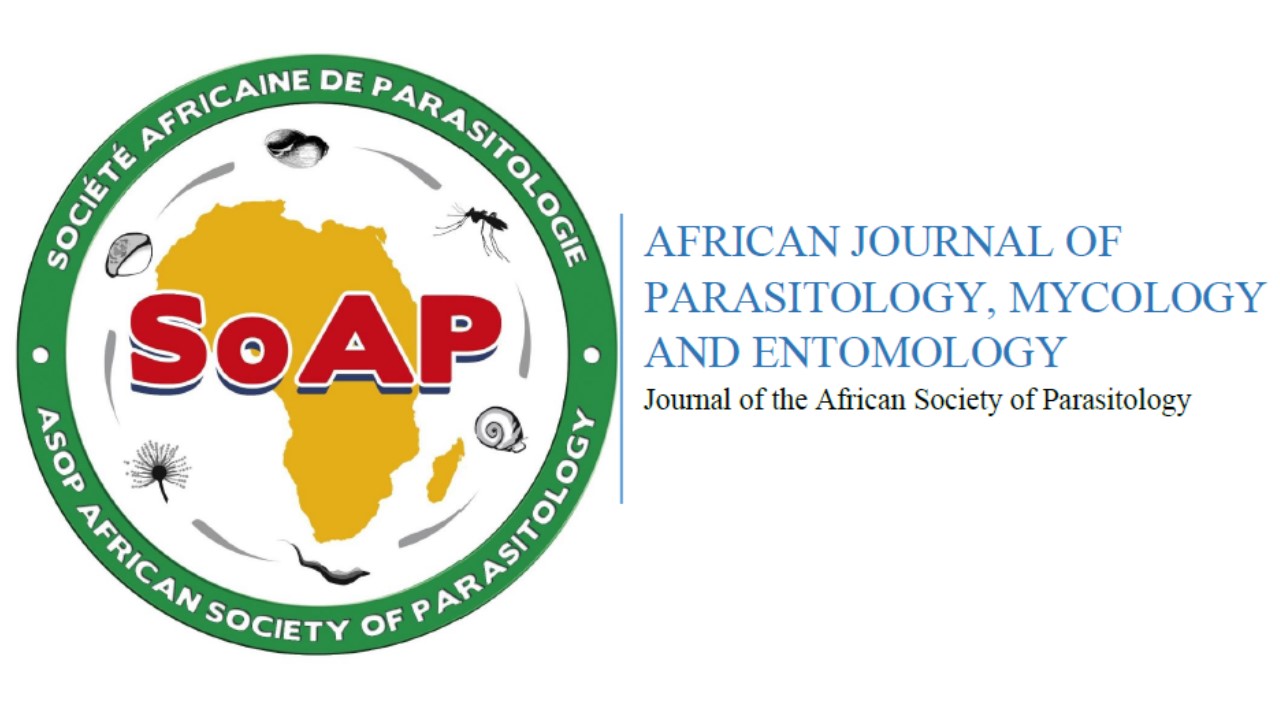Impact of Mass Drug Distribution (MDD) of Praziquantel on Schistosomiasis through Sentinel Site Monitoring in Mali
1 Department of Epidemiology of Infectious Diseases, Faculty of Pharmacy, University of Sciences, Techniques and Technologies of Bamako, Bamako BP1805, Mali; (P.A.); (S.D.); (S.D.); (M.D.); (A.M.D.); (B.D.)
2 Centre de Recherche pour la Lutte Contre les Maladies Infectieuses Tropicales (CReMIT/TIDRC), University of Abomey-Calavi, Abomey Calavi P.O. Box 526, Benin;
3 Corresponding author: ; Tel.: +223-76032464
* Author to whom correspondence should be addressed.
Received: 25 Sep 2023 / Accepted: 5 Apr 2024 / Published: 12 Jun 2024
Abstract
Background—Mali was one of the first countries in sub-Saharan Africa to initiate a National Schistosomiasis Control Program (NSCP) in 1982. The WHO’s 2021–30 roadmap sets out the criteria for eliminating and controlling schistosomiasis as a public health problem. Our study aimed to assess the impact of annual mass drug distribution (MDD) of praziquantel (PZQ) on the prevalence and intensity in school-aged children (SAC) at NSCP sentinel sites (SSs). Methods—This study took place at twelve SSs in the Kayes and Koulikoro regions. Two-round cross-sectional studies were carried out in December 2014–2015 and in April 2018 after four to five years of annual MDD. Our sample size was 2439 schoolchildren aged 7 to 14 years, i.e., 485 in the first round (2014), 246 in the second round (2015) and 1708 in the third round (2018). Urine filtration and the Kato–Katz method were used for determining Schistosoma haematobium and S. mansoni eggs, respectively. Results—A total of 1708 samples were successfully examined. Of the twelve SSs treated from 2014–2015, one met the criterion for elimination of S. haematobium as a public health problem (prevalence of heavy-intensity infections (PHI) < 1%) (i.e., ≥50 S. haematobium eggs per 10 mL of urine or ≥400 S. mansoni eggs per g of stool) and four met the morbidity control criterion (PHI < 5%), while two sites remained below the morbidity control criterion (PHI > 5%). Five SSs had no heavy-intensity infections. The prevalence of S. mansoni was less than 1%. Conclusion—The impact of MDD of praziquantel in the SSs of the NSCP highlights that it has significantly reduced the PHI of schistosomiasis. However, the high prevalence of schistosomiasis or its increase in some sites requires in-depth studies.
Keywords: Schistosomiasis; prevalence; intensity; MDD; control; elimination; sentinel sites; Mali
OPEN ACCESS
This is an open access article distributed under the Creative Commons Attribution
License which permits unrestricted use, distribution, and reproduction in any medium,
provided the original work is properly cited. (CC BY 4.0).
CITE
Dabo, A.; Agniwo, P.; Danté, S.; Diawara, S.; Diallo, M.; Dolo, A.M.; Ibikounlé, M.; Doucouré, B. Impact of Mass Drug Distribution (MDD) of Praziquantel on Schistosomiasis through Sentinel Site Monitoring in Mali. ajpme 2024, 2, 7.
Dabo A, Agniwo P, Danté S, Diawara S, Diallo M, Dolo AM, Ibikounlé M, Doucouré B. Impact of Mass Drug Distribution (MDD) of Praziquantel on Schistosomiasis through Sentinel Site Monitoring in Mali. African Journal of Parasitology, Mycology and Entomology. 2024; 2(1):7.
Dabo, Abdoulaye; Agniwo, Privat; Danté, Salim; Diawara, Sidy; Diallo, Moctar; Dolo, Amagoron dit Mathias; Ibikounlé, Moudachirou; Doucouré, Boubou. 2024. "Impact of Mass Drug Distribution (MDD) of Praziquantel on Schistosomiasis through Sentinel Site Monitoring in Mali." ajpme 2, no. 1: 7.
Not implemented
SHARE
